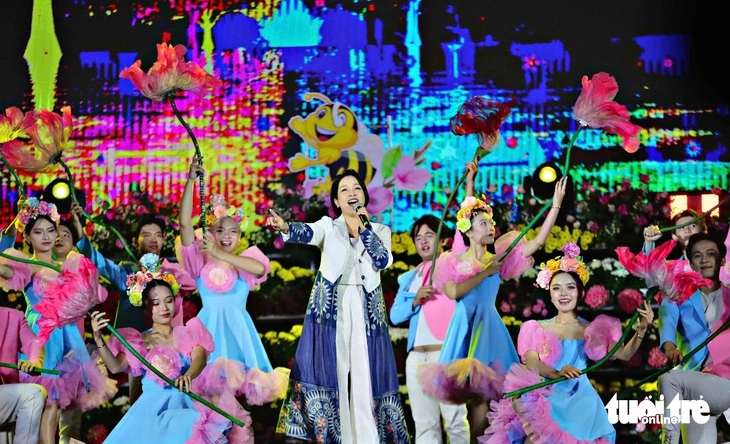
Da Lat Flower Festival has become a tourism product that leaves an impression on visitors - Photo: MV
From July 1, Da Lat City officially operates under a two-tier government model when it is divided into 5 wards. This change creates many new development expectations.
There is also concern: will this "heritage city" retain its unique cultural and ecological identity after being divided into many wards?
Tuoi Tre Online introduces an article by Mr. Huynh Ho Dai Nghia, who is currently teaching at several universities in Vietnam. His main research and teaching areas include: international relations, international negotiations, public policy, etc.
Da Lat - special heritage city
After 130 years of formation, Da Lat is not only a famous tourist center but also the most unique cultural and ecological "capital" in Vietnam.

Mr. Huynh Ho Dai Nghia, international negotiation expert, public policy.
With a temperate climate, vast pine forests, lakes and waterfalls located in the heart of the city, Da Lat possesses natural advantages that no other city has.
Culturally, Dalat is a convergence of nearly 20 ethnic groups, creating a diverse cultural space rich in identity.
More than 2,000 ancient villas, French architectural works mixed with indigenous architecture have become "soft assets" affirming the city's heritage status.
In particular, Da Lat is holding many international heritages such as the Central Highlands Gong Cultural Space, Nguyen Dynasty Woodblocks and Langbiang Biosphere Reserve recognized by UNESCO.
Da Lat is also a member of the UNESCO Creative Cities Network in the field of music .
These titles are not only an honor but also a commitment to conservation, management and sustainable development. If Da Lat is only viewed as an administrative unit, it will be difficult to preserve the integrity of its landscape, architecture and identity.
Governance models beyond administrative boundaries
To avoid such consequences, a specific governance model is needed that goes beyond administrative boundaries. In my opinion, there needs to be a provincial council or management board specializing in cultural and heritage issues in Da Lat.
This board is responsible for coordinating the overall planning for heritage conservation and sustainable tourism development.
This is not just a "coordinating board" but must become a "conductor" connecting wards, departments, sectors, communities and businesses, ensuring that all development activities do not lose identity.

Many big bands have come to Da Lat after the locality was included in the UNESCO Creative Cities Network in the field of music - Photo: MV
In fact, many heritage cities around the world have successfully applied the "co-governance" model. Kyoto (Japan) established conservation regulations based on community consultation, Quebec (Canada) has an independent Heritage Council, and Luang Prabang (Laos) gives the right to organize festivals to indigenous communities.
These models emphasize the role of communities, businesses and governments as co-creating partners, not just top-down management.
A parallel solution is to build a Master Plan for culture - heritage - ecology for the entire space of Da Lat after dividing it into 5 wards as mentioned.
This planning must limit construction density, protect pine forests, lakes, and ancient villas, while incorporating festival organization standards and preserving a vibrant cultural space.
Regulations on resource use, air and water management need to be strictly designed to protect the core ecosystem - the factor that makes Da Lat a "city in the forest, forest in the city".
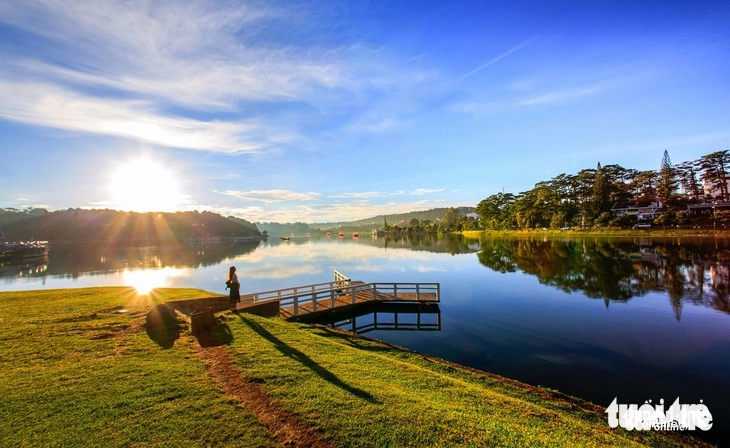
Xuan Huong Lake, the green heart of Da Lat - Photo: PY TRAN
Finally, in a unique cultural-tourism space like Da Lat, clear and proactive decentralization to the local community and creative businesses is not only a requirement for sustainable development, but also a key factor in preserving and revitalizing identity.
Instead of letting the government unilaterally shoulder all the responsibility for conservation and development, Da Lat needs to move towards a public-private partnership (PPP) and public-private-community partnership (PPCP) model, in which people, artisans, cultural organizations and tourism businesses become active participants in the process of creating new values from heritage.
This decentralization mechanism needs to be specified through preferential policies, supporting creative startups, as well as creating a legal space for community organizations to participate in forest protection, preserving traditional architecture, restoring folk festivals, and developing indigenous tourism products such as homestays, ecological agriculture, and cultural and musical storytelling tours.
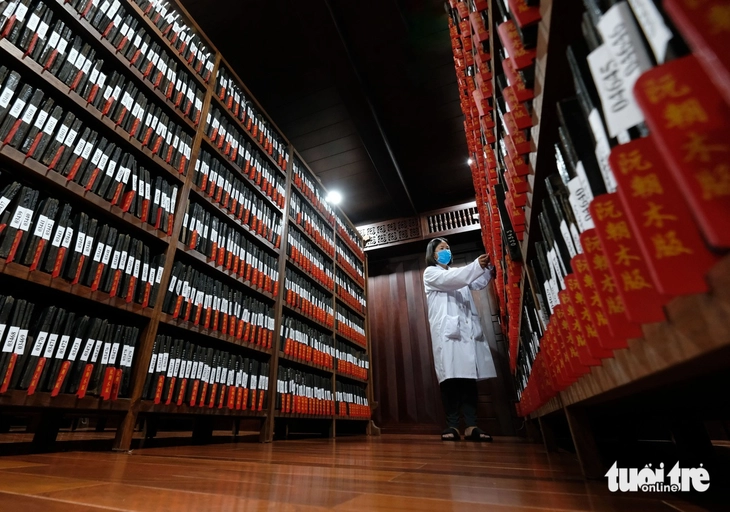
Nguyen Dynasty woodblocks recognized by UNESCO as world documentary heritage - Photo: MV
Such empowerment would help retain creative residents, unleash local cultural resources, and create a value chain that ripples through the local economy.
This is also how Dalat repositions itself: not just a place to see, but a place to live with: with the people, memories and new dreams of a 21st century cultural city.
Administrative reform is an inevitable trend. The heritage city of Da Lat needs a flexible governance model that is capable of protecting and promoting long-term values.
Only then will Da Lat urban area continue to rise, affirming its position not only as a tourist city, but also as a national cultural symbol on the world map.
Handing over UNESCO's mandate
Lam Dong Provincial People's Committee has assigned the Department of Culture, Sports and Tourism to preside over and coordinate with relevant units to research and consult the Ministry of Culture, Sports and Tourism and the UNESCO Office in Vietnam regarding the taking over of tasks to become a member of the UNESCO Creative Cities Network in the field of music.
According to the previous proposal of the People's Committee of Da Lat City, after joining (October 31, 2023), Da Lat will implement many initiatives: art map, international music festivals (Dalat Music Festival, Best Dance Crew, Dalat Spring Concert...), develop more than 40 performance spaces, and create art.
However, from July 1, 2025, Da Lat City will cease operations due to administrative unit rearrangement.
To maintain commitments with UNESCO for the period 2024 - 2027 and thereafter, Da Lat City People's Committee proposed Lam Dong Provincial People's Committee to consider 2 options:
- Assign the Department of Culture, Sports and Tourism of Lam Dong province to be the focal point for receiving and implementing;
- Or Xuan Huong ward - Da Lat continues to take responsibility, ensuring inheritance, efficiency and suitability with the new structure.
Source: https://tuoitre.vn/da-lat-dinh-vi-lai-minh-khong-chi-la-noi-de-ngam-ma-la-noi-de-song-cung-20250703175256018.htm




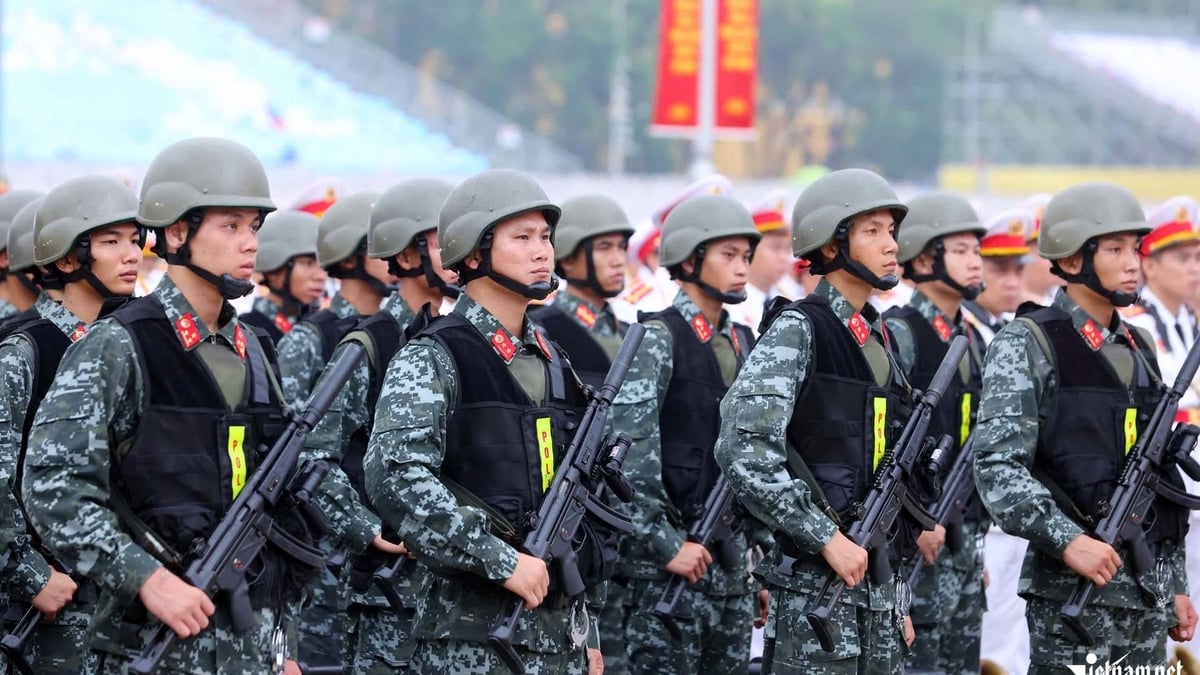

![[Photo] President Luong Cuong receives Speaker of the New Zealand Parliament Gerry Brownlee](https://vphoto.vietnam.vn/thumb/1200x675/vietnam/resource/IMAGE/2025/8/29/7accfe1f5d85485da58b0a61d35dc10f)




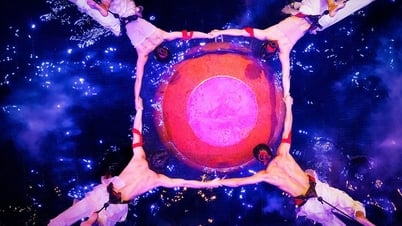
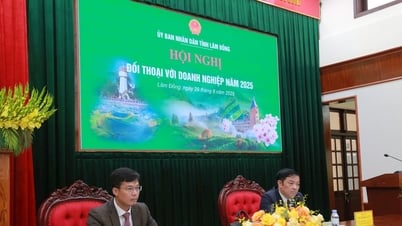
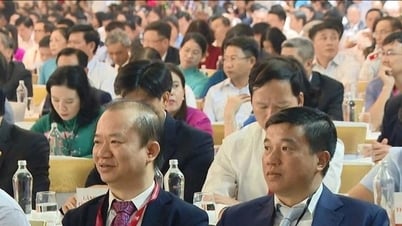
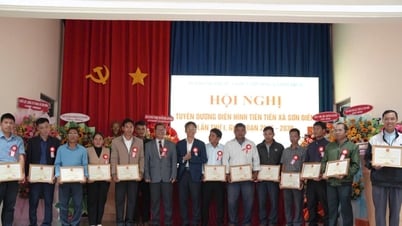





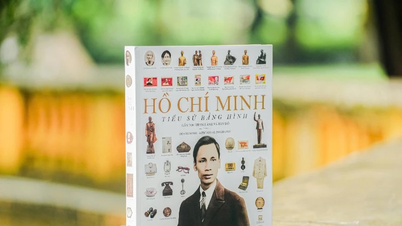

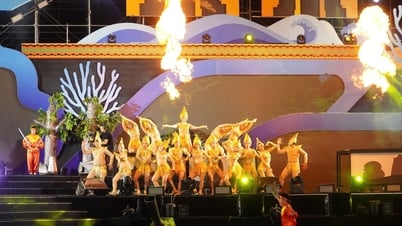


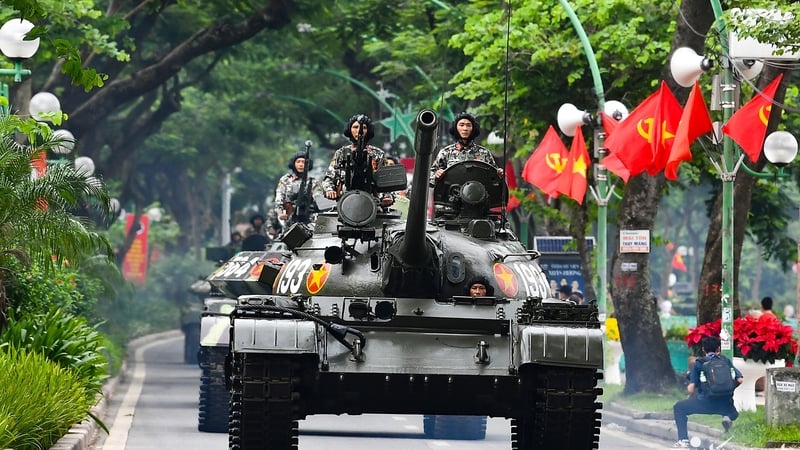





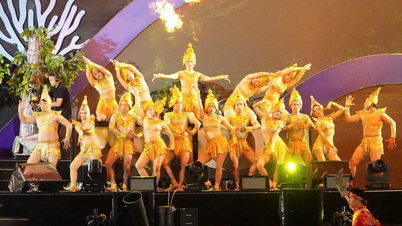



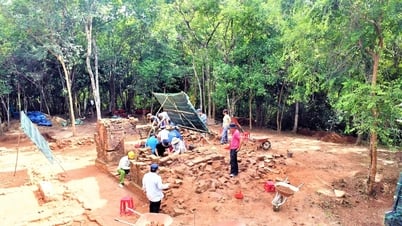

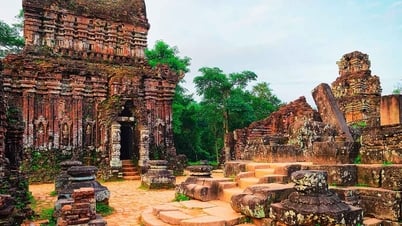

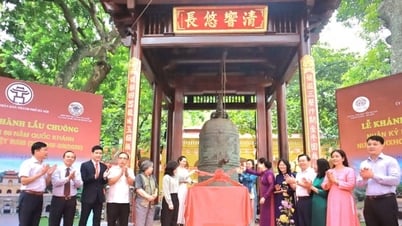

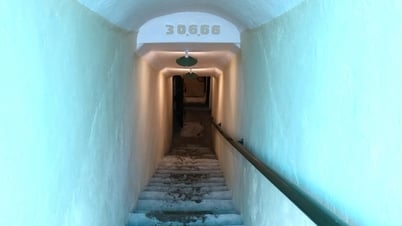

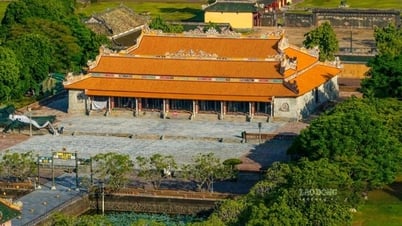
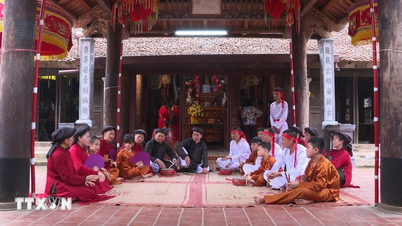


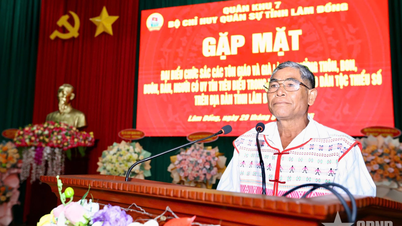

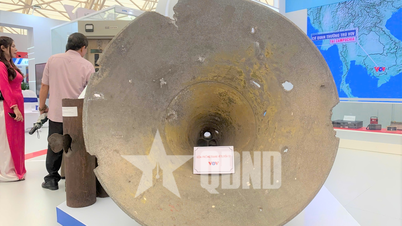

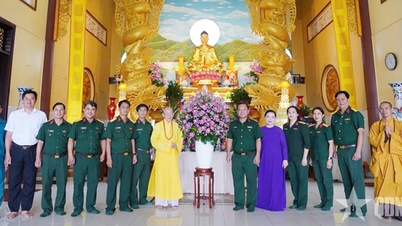
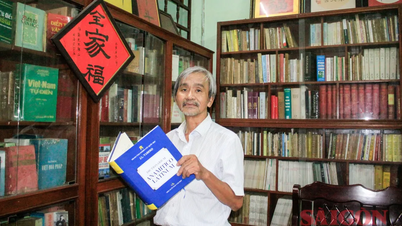






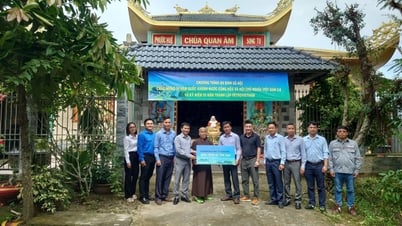
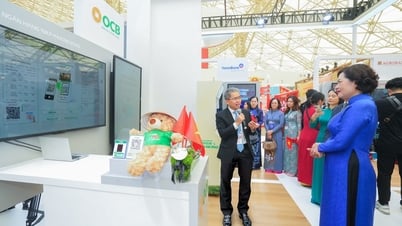


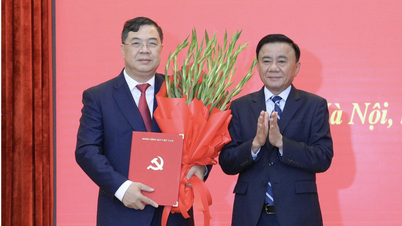
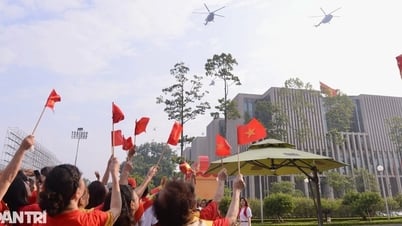


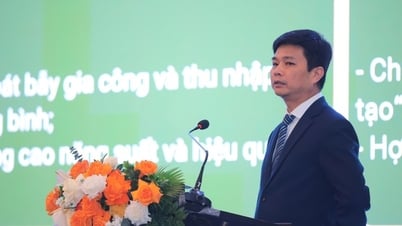


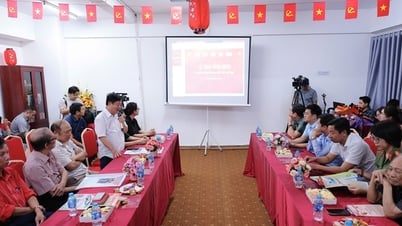
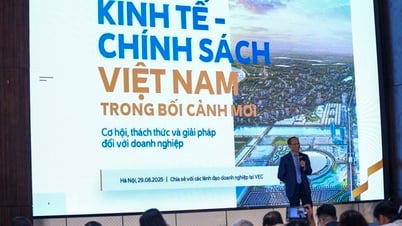
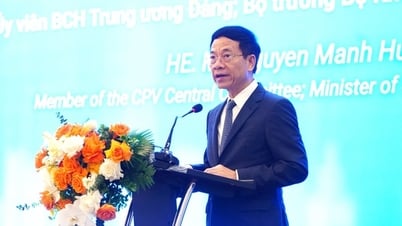

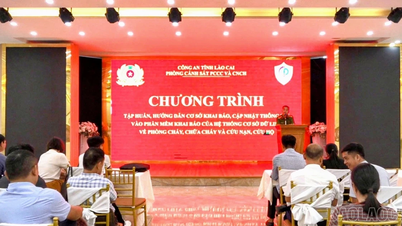

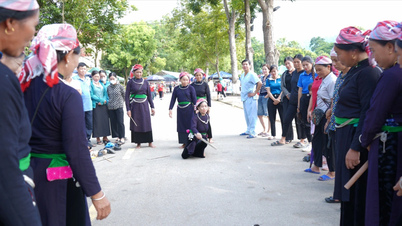






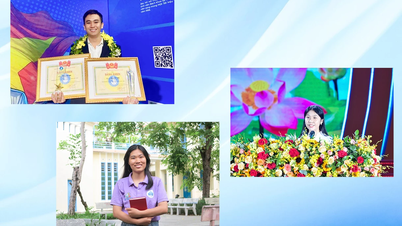



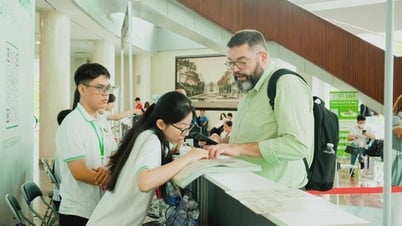
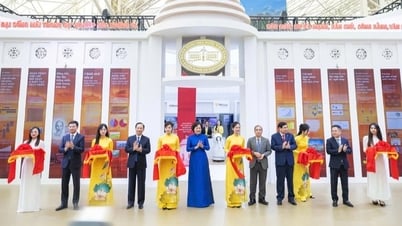
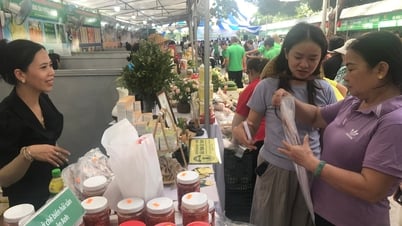




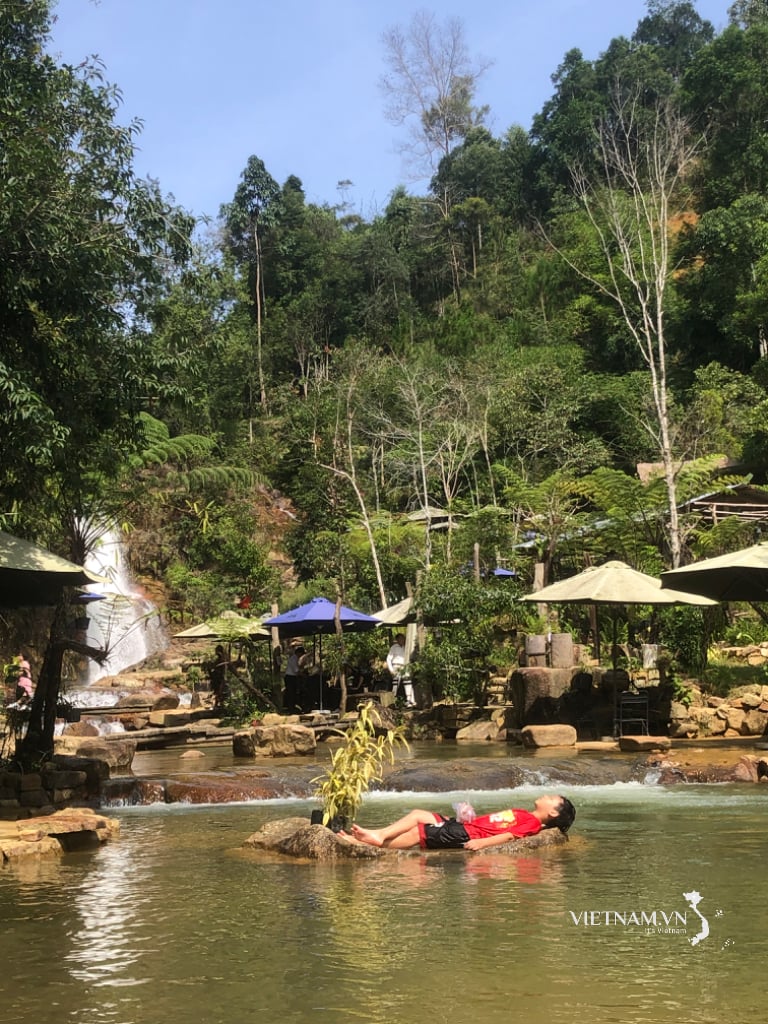

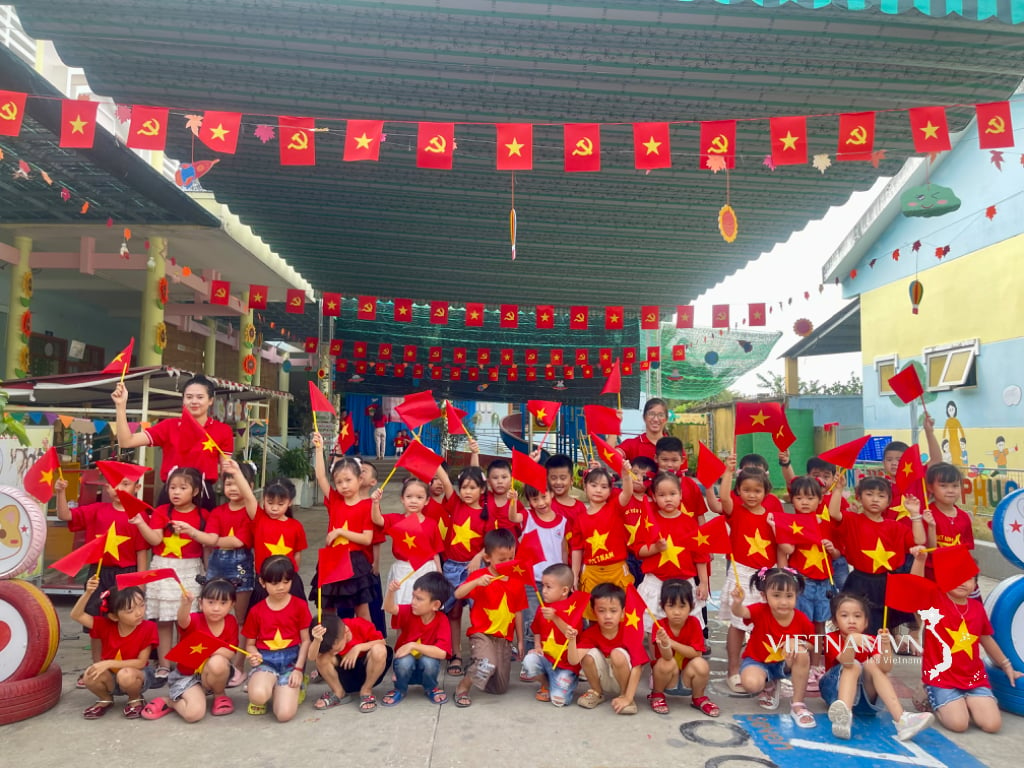
Comment (0)